Log in or create new account to save this product to your wishlist.

The Ultimate Guide to Fertilising Hedges: Top Tips for Thriving Plants
You[re missing a trick if you're not fertilising your hedges. Find out how to feed your hedge plants and when for excellent results you'll be proud of!
🌱 All important maintenance moments for your lawn during the year. Leave your email and we will send you the lawn calendar for free.
Enter your email
Receive the lawn calendar in the mail
Enjoy a green lawn all year round!

- Order by 2PM = shipped today
- 250.000+ satisfied customers!
- 60 day satisfaction guarantee
Hedges offer privacy and zoning in your garden while providing shelter to wildlife and enhancing curb appeal. But regardless of your reasons for planting hedges, it’s essential to keep them healthy, vigorous, and looking their best.
- Importance of Fertilising Hedges for Plant Health and Growth
- Types of fertilisers: Organic vs. Chemical
- Understanding N-P-K Ratios and Their Impact on Hedges
- How to use hedge fertilisers
- When to fertilise Hedges: Seasonal Guidelines and Best Practices
- How to fertilise Hedges: Application Methods and Tips
- Common Mistakes to Avoid When Fertilising Hedges
- Tree and Shrub fertiliser Alternatives for Specific Hedge Types
- FAQs
- Achieving Thriving Plants Through Proper Fertilisation
And as a passionate gardener, I understand the importance of maintaining healthy and attractive hedges. So fertilising your hedges is a crucial aspect of hedge care that helps your plants grow strong and lush.
In this comprehensive guide, we’ll explore how to fertilise hedges, including the importance of fertilisation, types of fertilisers, understanding N-P-K ratios, and more.
Ready? Let’s get started!
Importance of Fertilising Hedges for Plant Health and Growth

Fertilising for vigour
Fertilising your hedges promotes healthy growth and development. Indeed, a well-fertilised hedge will grow more vigorously, allowing it to fill out the gaps and achieve a fuller, more uniform appearance.
This is particularly important for privacy hedges that need to create a dense barrier between properties.
Fertilising for soil condition
Additionally, fertilising helps improve plant health by providing essential nutrients. Like all plants, hedges require a specific combination of nutrients to grow and thrive.
These nutrients are not always present in the soil, especially in urban environments with poor-quality soil or areas with heavy clay or sandy soil.
Therefore, applying the right fertiliser can help replenish these vital nutrients, ensuring that your hedge plants have everything they need to maintain optimal health.
Fertilising for resistance
Finally, fertilising hedges helps protect them from pests and diseases. Healthy, well-nourished plants are more resistant to common conditions such as insect infestations and fungal diseases.
So, by providing your hedge with the necessary nutrients, you can help to keep it strong and resistant to these common problems.
Types of fertilisers: Organic vs. Chemical
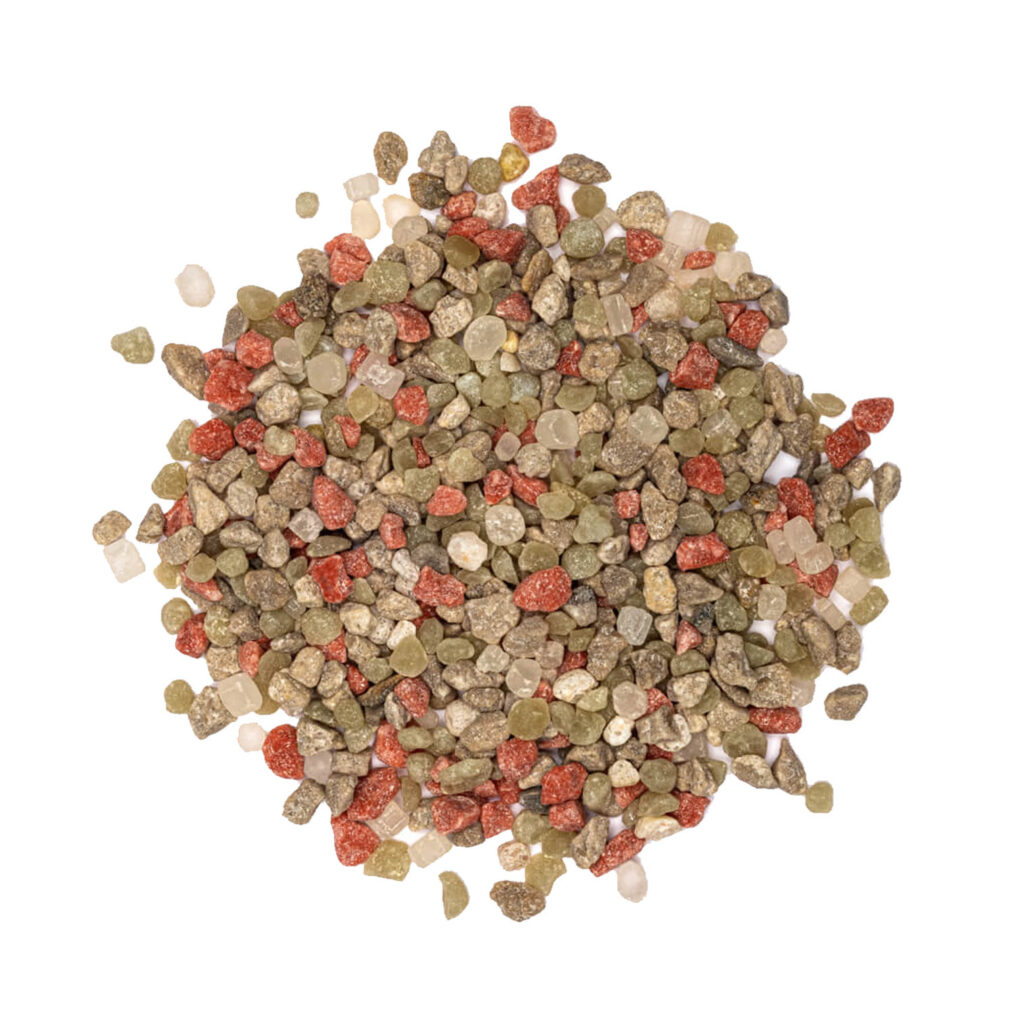
When it comes to fertilising hedges, you have two primary options: organic and chemical fertilisers.
Organic hedge fertilisers
Organic fertilisers are derived from natural sources such as compost, manure, seaweed, hoof & horn, dried blood, fish blood & bone meal, and liquid nettle feeds. They typically contain lower concentrations of nutrients than chemical fertilisers but release them slowly over time, providing a steady supply for your plants.
Organic fertilisers help improve soil structure and promote the growth of beneficial micro-organisms, which can contribute to overall plant health.
Chemical fertilisers
Chemical fertilisers are synthetically produced and contain higher concentrations of nutrients. They provide a quick boost of nutrients, but you have to be careful to ensure you don’t over-fertilise, which can lead to nutrient imbalances or runoff, which can harm the environment.
Ultimately, the choice between organic and chemical fertilisers depends on your preferences, the specific needs of your hedges, and your overall gardening philosophy.
Controlled release fertilisers
These are typically inorganic granulated fertilisers coated with a porous material that allows the chemicals to leach gently into the soil. The thickness of the coating determines the controlled release.
When the soil is warmer, the chemicals leach more quickly, corresponding with plant growth, which speeds up in warm weather.
Slow-release fertilisers
These fertilisers degrade slowly in the soil when they come into contact with micro-organisms that help the fertiliser release its nutrients. Generally, dependent on soil temperature, slow-release fertilisers are often organic and most likely include hoof & horn bone meal.
Understanding N-P-K Ratios and Their Impact on Hedges
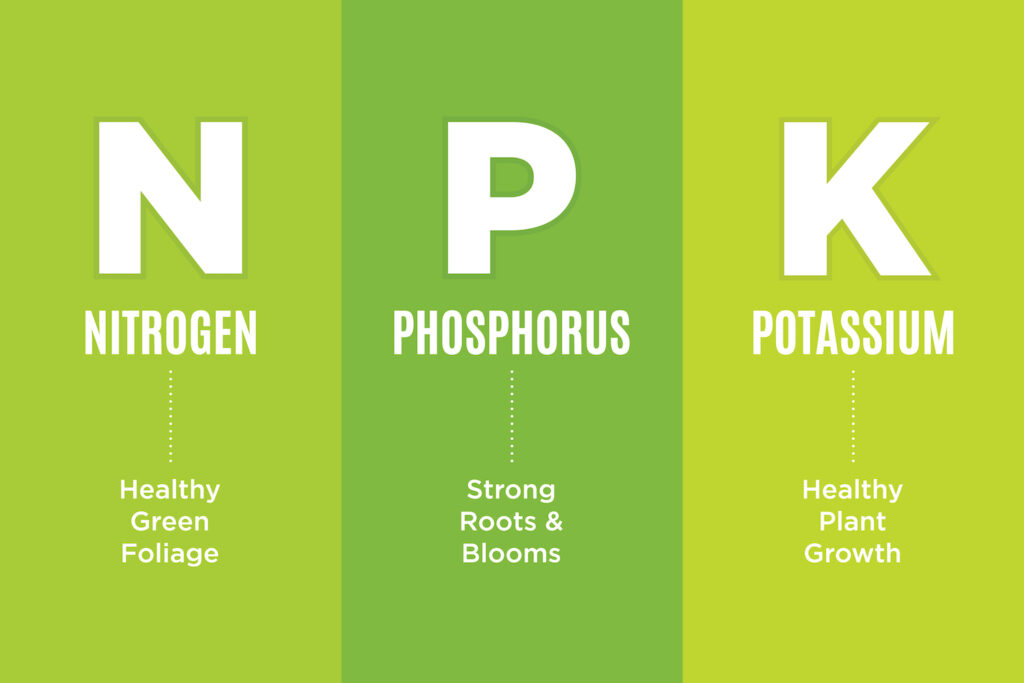
The most important detail to consider when choosing a fertiliser for your hedges is the N-P-K ratio.
N-P-K stands for:
- Nitrogen (N) — for leafy growth
- Phosphorus (P) — for root development and flowering
- Potassium (K) — for overall plant health and disease resistance
All plants need these three primary nutrients to grow and thrive. And the numbers you see on fertiliser packaging represent the percentage of each fertiliser component.
For example, a fertiliser with an N-P-K ratio of 10-10-10 contains 10% nitrogen, 10% phosphorus, and 10% potassium.
So, when choosing a fertiliser for your hedges, it’s crucial to select one with an appropriate N-P-K ratio for your specific plants. Indeed, a balanced fertiliser with equal amounts of nitrogen, phosphorus, and potassium is an excellent choice for most hedges.
However, some species may require a different ratio, so it’s essential to research the specific needs of your plants before making a decision.
Check out our expert article on NPK fertilisers for more detail.
-
BestsellerAll-Round Lawn Fertiliser
Out of stock
12.99- Order by 2PM = shipped today
- 250.000+ satisfied customers!
- 60 day satisfaction guarantee
-
Lawn Starter Fertiliser
Out of stock
12.99- Order by 2PM = shipped today
- 250.000+ satisfied customers!
- 60 day satisfaction guarantee
-
Long Lasting Lawn Fertiliser
Out of stock
13.99- Order by 2PM = shipped today
- 250.000+ satisfied customers!
- 60 day satisfaction guarantee
How to use hedge fertilisers
The way you apply your fertiliser depends on the product, so always read the instructions because not all application methods are the same.
The most common methods of application are:
Top dressing
Applying quick-release fertilisers to the surface of the soil surrounding the plant. This helps stimulate growth and is generally carried out at the beginning of the growing season in spring.
Most top-dressing fertilisers can scorch leaves, so ensure you keep them clear of the feed. Over-fertilisation can damage the roots and pollute the groundwater, so always read the instructions.
Base dressing
This is where you incorporate fertiliser into the soil during sowing, potting, or planting.
Watering on
Liquid and powdered fertilisers are typically water-soluble and provide an instant nutrient boost during the growing season. Most gardeners use soluble fertilisers for greenhouse crops, pots, and bedding plants. Again, it’s generally advisable to avoid getting the feed onto leaves, as it can scorch.
Foliar feeding
This is a less common way of applying fertiliser but can be effective for emergency treatments addressing specific nutrient deficiencies or supplementary feeding needs. The nutrition is quickly absorbed after applying the feed directly onto the tender parts or underside of the leaves.
When to fertilise Hedges: Seasonal Guidelines and Best Practices
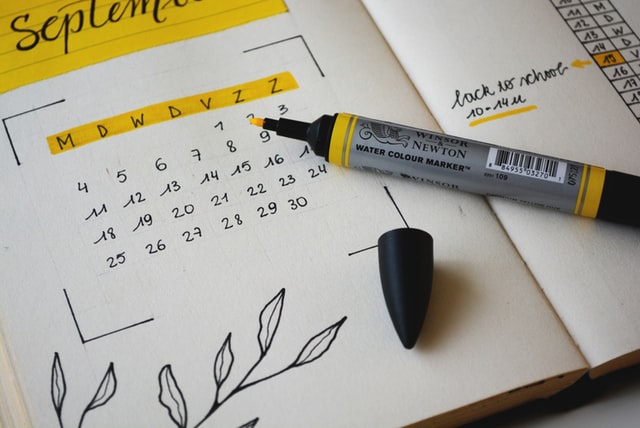
Knowing when to fertilise your hedges is just as important as choosing the right fertiliser.
Most hedges benefit from being fertilised in early spring, just as they’re beginning to produce new growth. This timing ensures that the plants have access to the necessary nutrients as they develop new leaves and branches.
However, some hedges also benefit from a second application of fertiliser in late summer or early autumn, supporting continued growth and overall plant health as the hedge prepares for winter.
When fertilising hedges, following the recommended application rates and guidelines on the packaging is essential. Water your hedges thoroughly after fertilising to help the nutrients reach the roots and avoid burning the leaves.
In addition to seasonal fertilisation, you can use a slow-release fertiliser to provide a steady supply of nutrients throughout the growing season. This can be particularly beneficial for hedges with a longer growing season or those in poor soil.
How to fertilise Hedges: Application Methods and Tips
Proper application is crucial in getting the most out of your hedge fertiliser. Here are some tips:
- Measure your hedge: It’s essential to know the size of your hedge to ensure you apply the right amount of fertiliser. Measure your hedge’s length, height, and depth to calculate the total square footage.
- Choose the right tools: Depending on the size of your hedge, you may need a spreader, a sprayer, or simply a handheld scoop to apply your fertiliser.
- Follow the package instructions: Be sure to read the fertiliser package carefully and follow the recommended application rates and guidelines.
- Apply evenly: Whether you’re using a spreader or applying by hand, it’s crucial to distribute the fertiliser evenly across your hedge. This will help to ensure that all plants receive the necessary nutrients.
- Water thoroughly: After applying your fertiliser, water your hedge thoroughly to help the nutrients reach the roots and avoid burning the leaves.
- Be consistent: Regular fertilisation is crucial for maintaining healthy hedge plants. Be sure to fertilise according to the recommended schedule and guidelines to achieve the best results.
Common Mistakes to Avoid When Fertilising Hedges
While fertilising hedges is a relatively straightforward process, gardeners make some common mistakes.
A few things to avoid when fertilising your hedges:
- Over-fertilising: Applying too much fertiliser can lead to nutrient imbalances, which can harm your plants. Be sure to follow the recommended application rates and guidelines on the fertiliser package.
- Fertilising at the wrong time: Applying fertiliser at the wrong time can be ineffective and even harmful to your hedge plants. Be sure to fertilise at the recommended times to achieve the best results.
- Using the wrong fertiliser: Choosing the wrong fertiliser can lead to nutrient imbalances or other growth-related issues. Be sure to research the specific needs of your hedge species and choose an N-P-K fertiliser that aligns with those needs.
- Failing to water properly: Watering your hedges after fertilisation is crucial to help the nutrients reach the roots and avoid burning the leaves. Be sure to saturate thoroughly but avoid overwatering, which can lead to other issues.
Tree and Shrub fertiliser Alternatives for Specific Hedge Types
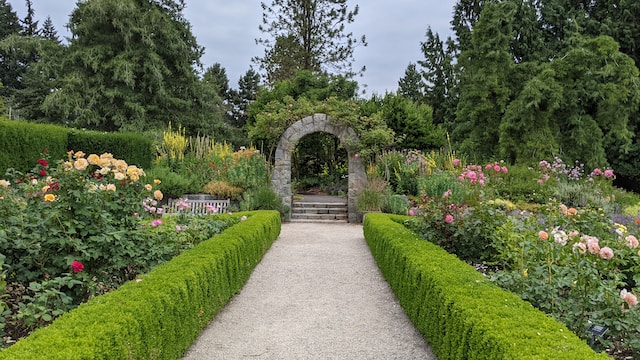
Each hedge requires a different mix of nutrients. Here’s a low-down on how to choose the suitable feed for your hedge plants:
- Boxwood: Boxwoods prefer slightly acidic soil, so using an acid-based fertiliser can be beneficial.
- Yew: Yews prefer a balanced fertiliser with equal amounts of nitrogen, phosphorus, and potassium.
- Photinia: Photinias benefit from a fertiliser high in nitrogen, as this promotes leafy growth.
- Arborvitae: Arborvitae prefers a slow-release, balanced fertiliser that provides a steady supply of nutrients over time.
FAQs
It’s best to fertilise hedges in early spring, just as they are coming out of dormancy. This will help provide the necessary nutrients for growth throughout the growing season.
It depends on the specific needs of your hedges. A balanced fertiliser, such as a 10-10-10 mix, can work well for most types of hedges. However, if your hedges have specific nutrient deficiencies, you may need to use a specialised fertilizer.
Generally, hedges should be fertilised once a year. However, if they’re showing signs of nutrient deficiencies or slow growth, you may need to fertilize more frequently. Don’t over-fertilize: it can lead to excessive growth and weakened health.
Achieving Thriving Plants Through Proper Fertilisation
Fertilising hedges is a crucial aspect of hedge care that promotes healthy growth and overall plant health. By understanding the importance of fertilisation, types of fertilisers, N-P-K ratios, and best practices for application, you can choose the best fertiliser for your hedge plants and achieve thriving, beautiful hedges.
I hope you’ve got everything you need from this article, but if you have any questions, don’t hesitate to get in touch.
We love interacting with our customers and will reply promptly!
Thanks for reading.
-
Orchids: A Complete Guide on How to Care for ThemWant to give your orchid the best possible care? Discover essential tips from placement to watering and pruning. Learn everything you need to know!Read more
-
Growing Wisteria Made Simple: From Planting to Perfect BloomsWith blossoms like a purple waterfall, Wisteria sets an almost magical and colourful mood. If you want to grow this beauty in your garden, you’ll need a bit of patience. Don’t worry, it will most definitely pay off.Read more
-
How to Build a DIY Greenhouse: A Practical Guide for Smart SpendersImagine extending your growing season throughout the year, nurturing tender plants regardless of the weather, and creating a personal garden sanctuary. This is precisely what a DIY greenhouse offers you. Let’s learn how to build one.Read more
-
How to Grow Eucalyptus in British GardensWith a little love and care, eucalyptus trees can thrive in English gardens. Since they don’t germinate well without proper help, there are not considered invasive. So, there is no reason not to plant them if you enjoy their looks.Read more
-
Transform Your Garden with All-Year-Round Flowering PlantsDid you know you can enjoy blooming flowers even in January? With the right selection of all year round plants, there’s no need to wait until spring to add some colour to your garden.Read more
-
How to Create a Butterfly Garden: A Simple Guide for British GardensThe UK's butterfly population includes 59 different species. These beautiful winged creatures face a steady decline because of habitat loss, pollution and changing weather patterns. Your garden can become a vital link between nature reserves and natural habitats. Let’s explore how.Read more
-
Volcanic Rock Dust for Your Garden—Application and TipsDid you know that volcanic rock dust is a brilliant organic soil improver? This article explains exactly what it's good for and how to use it properly.Read more
-
How to Use Landscape Fabric ProperlyIf weeds or erosion in your garden are troubling you, landscape fabric might be the solution. We’ll explain how and when to use it properly, just keep on reading.Read more
Leave a comment
Your answer will be displayed on the site and the interested party will be notified by email.
Leave a comment
Have a question or want to share your experience? Leave us a comment.

- Order by 2PM = shipped today
- 250.000+ satisfied customers!
- 60 day satisfaction guarantee

- Order by 2PM = shipped today
- 250.000+ satisfied customers!
- 60 day satisfaction guarantee

🌱 All important maintenance moments for your lawn during the year. Leave your email and we will send you the lawn calendar for free.
Enter your email
Receive the lawn calendar in the mail
Enjoy a green lawn all year round!




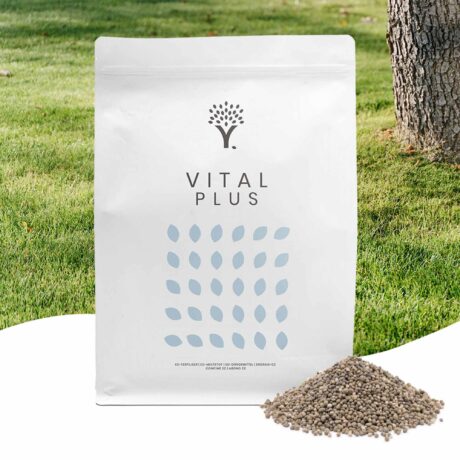
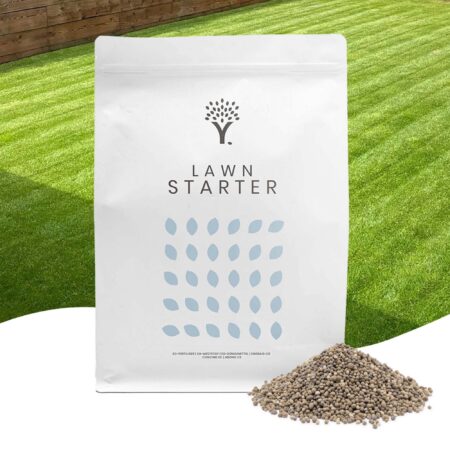
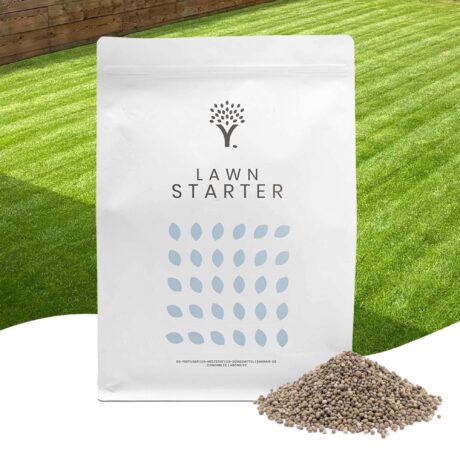



















Comments (0)
There are no comments yet. Well then, what are you waiting for to
Be the first to write your comment!inaugurate this pretty page?
Do you have some comments?